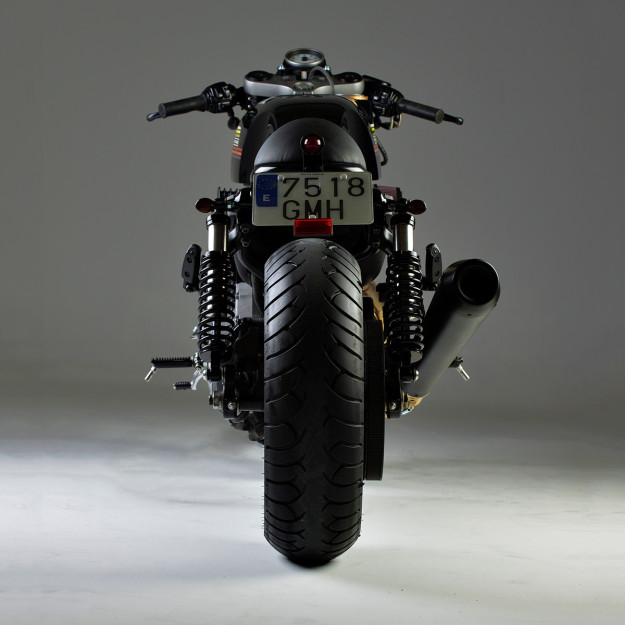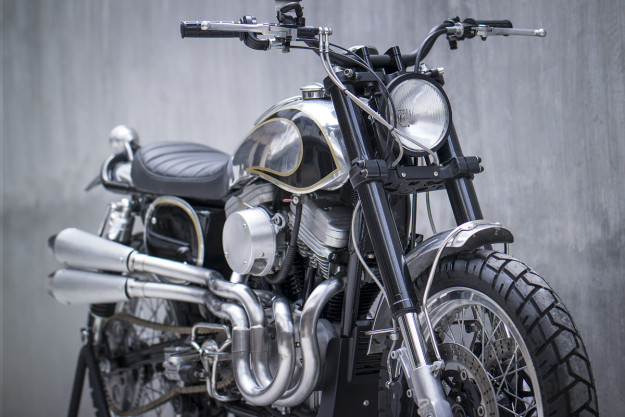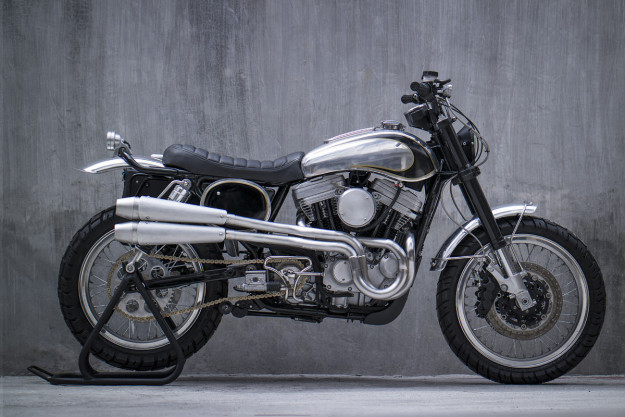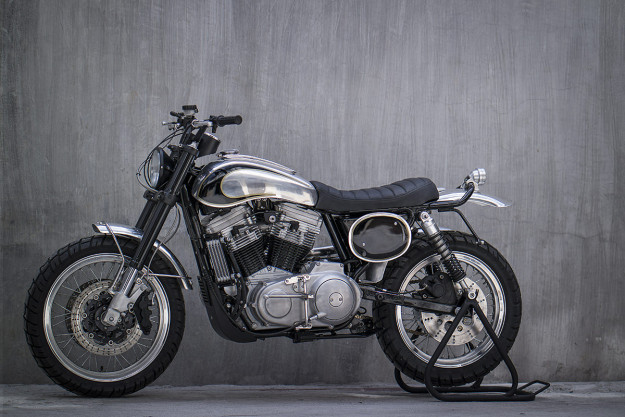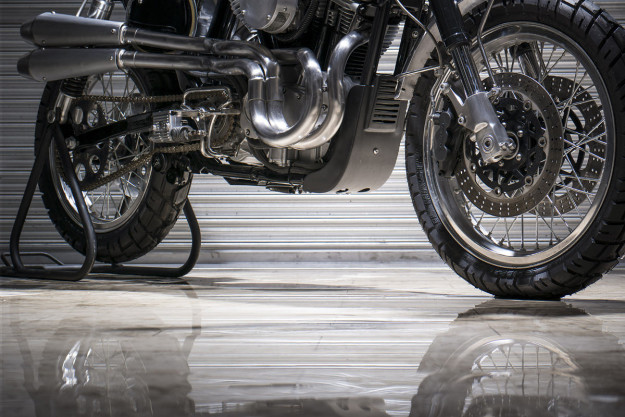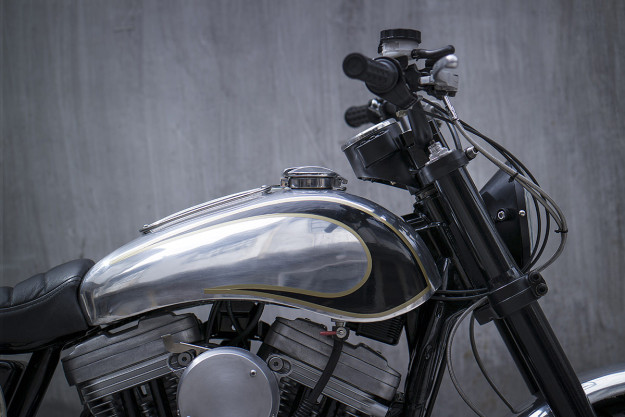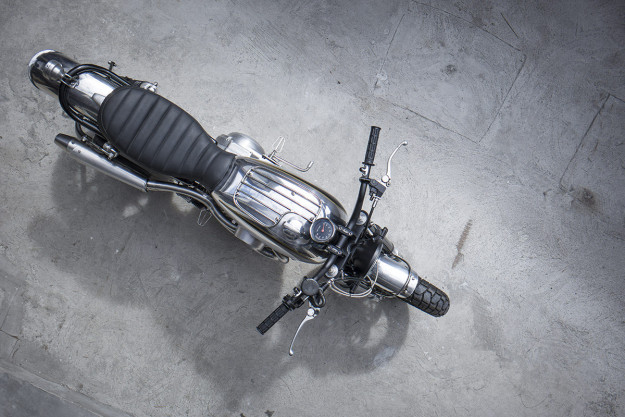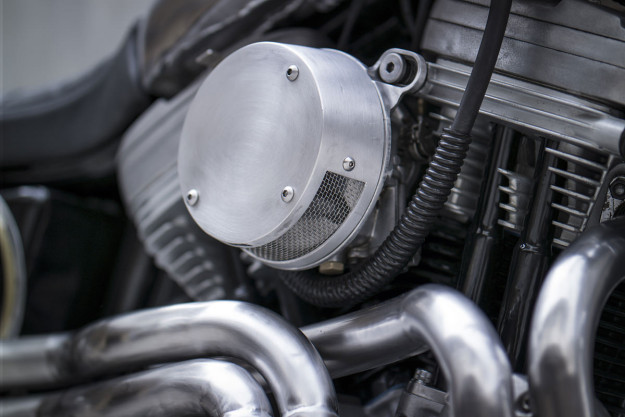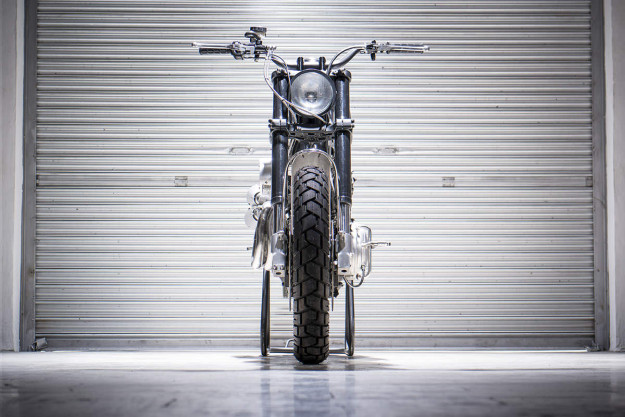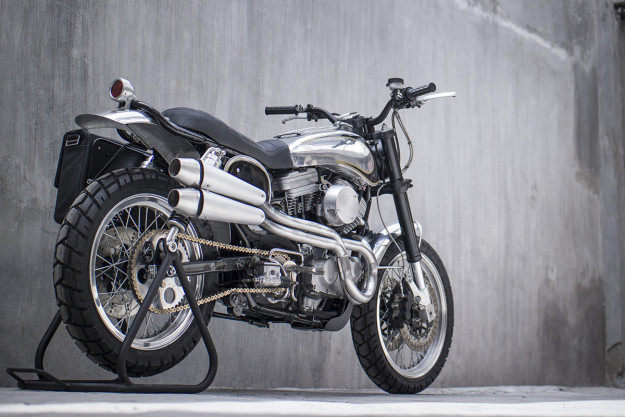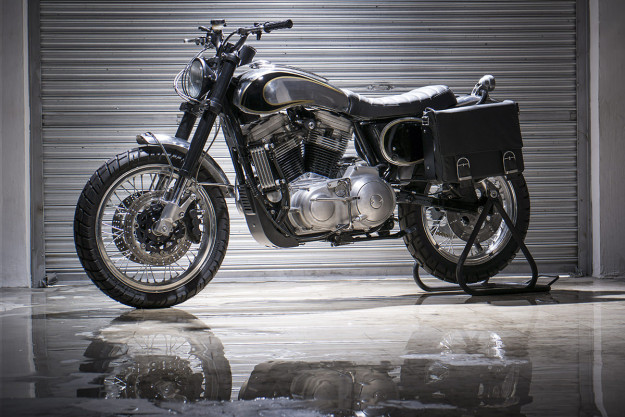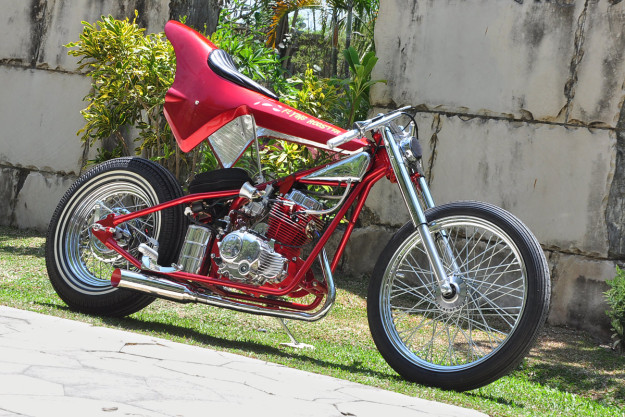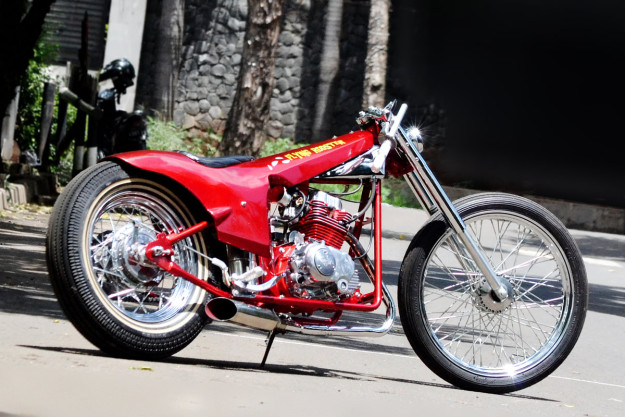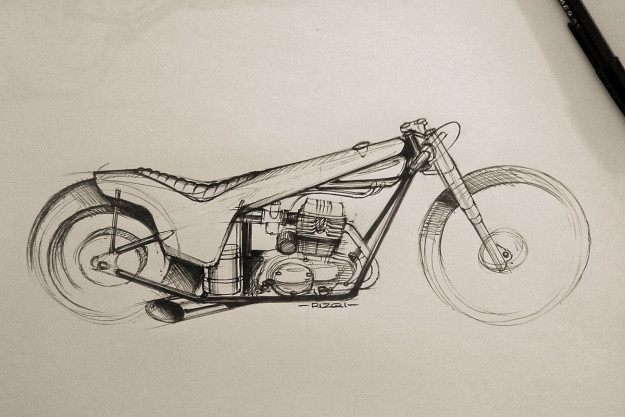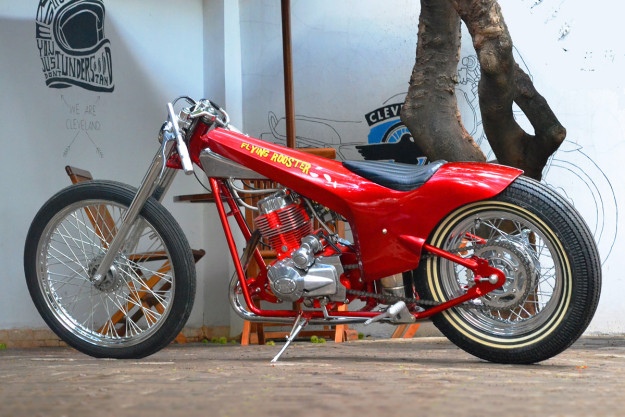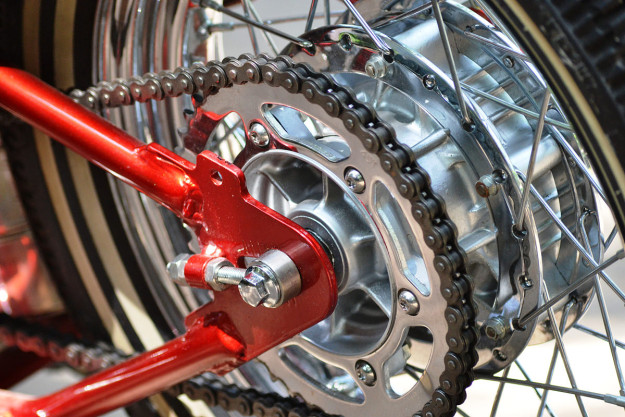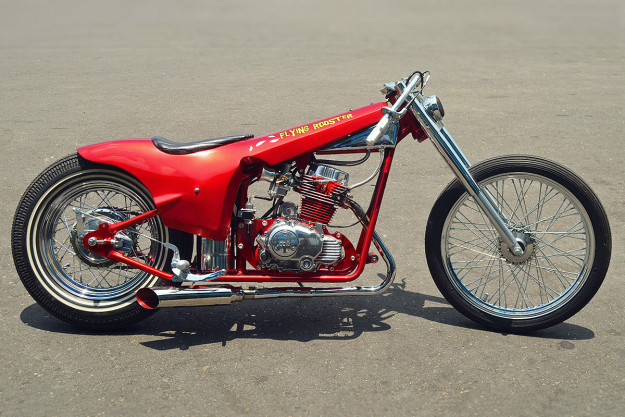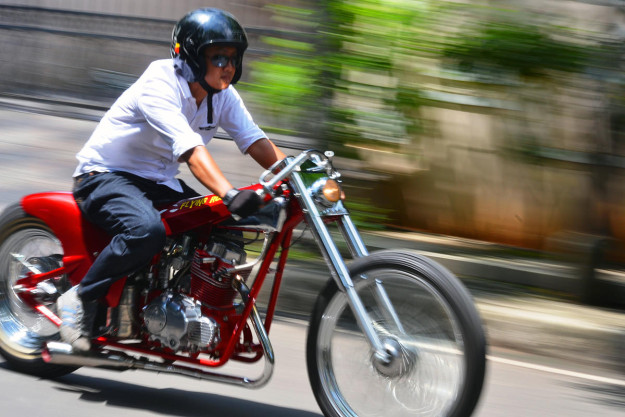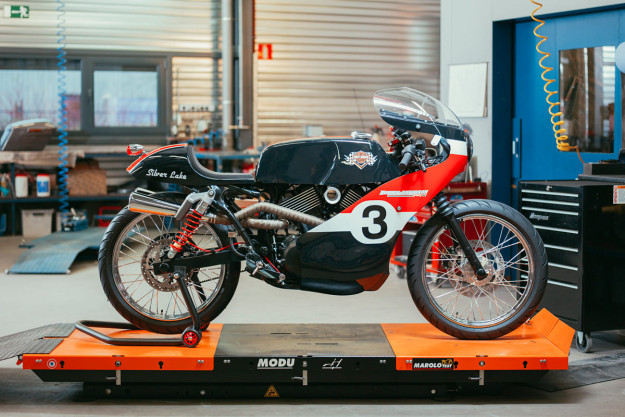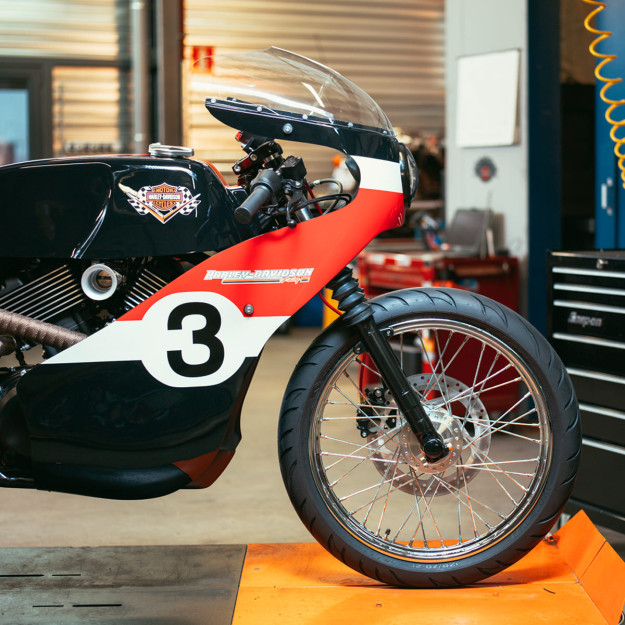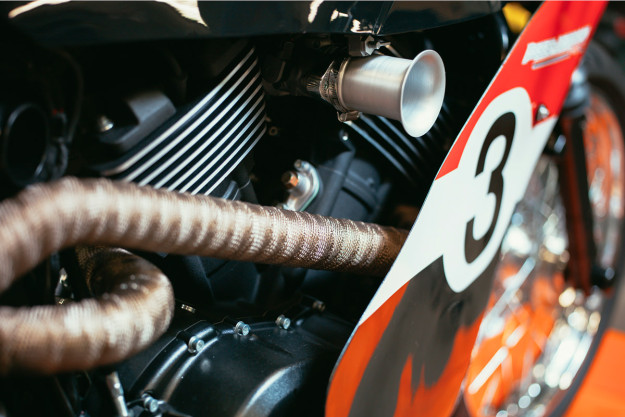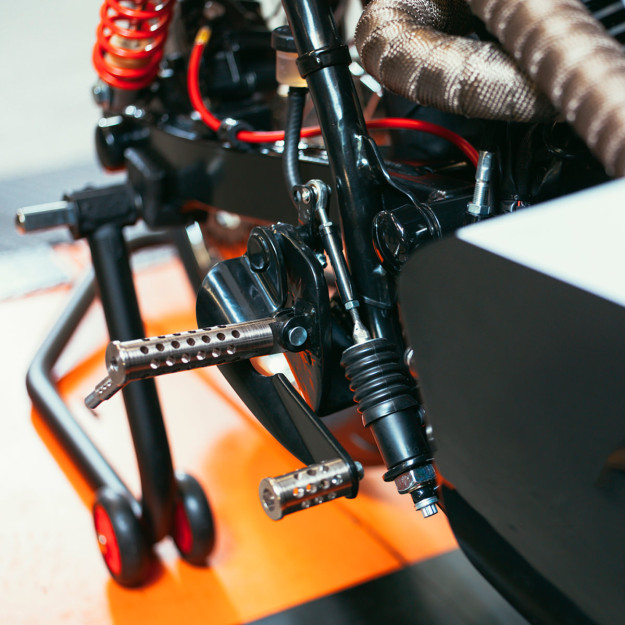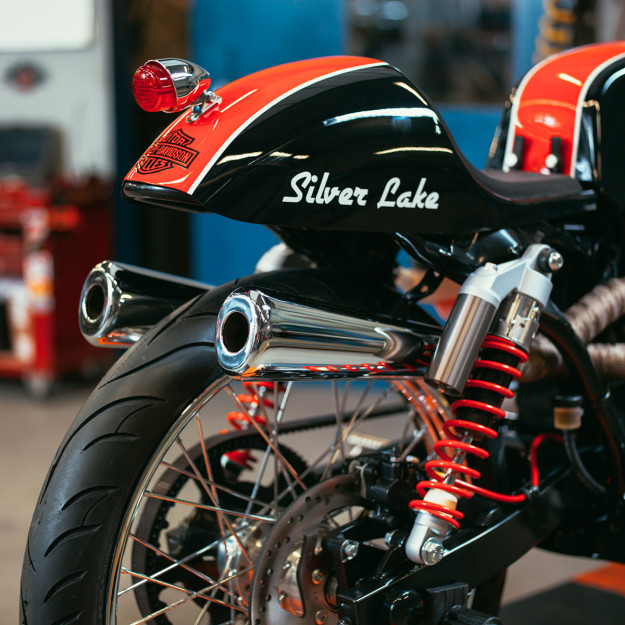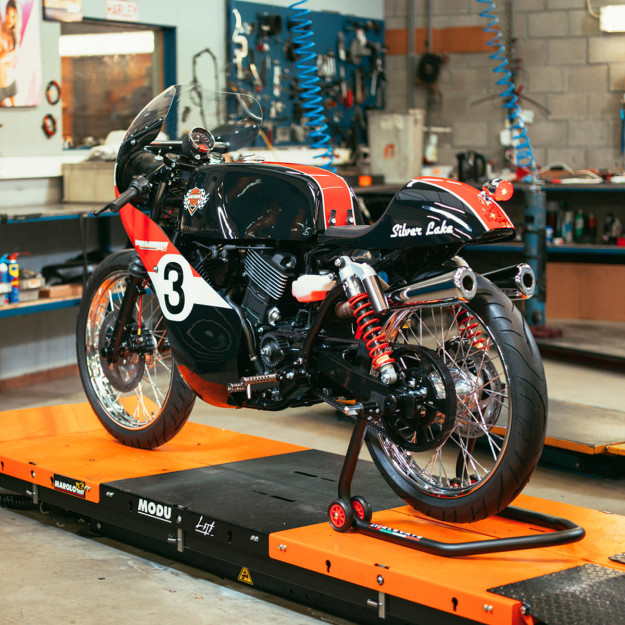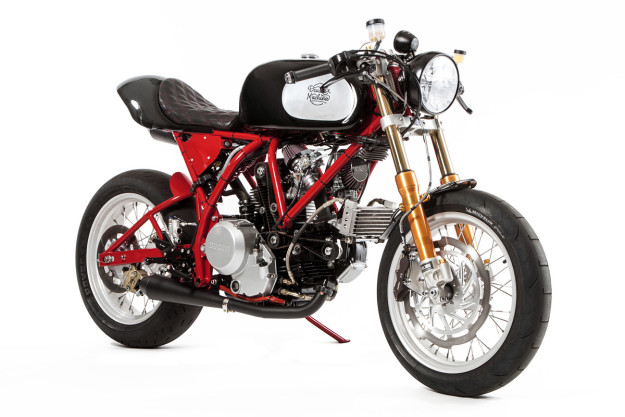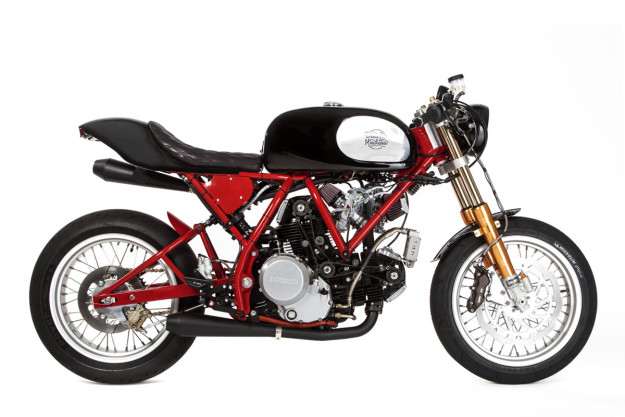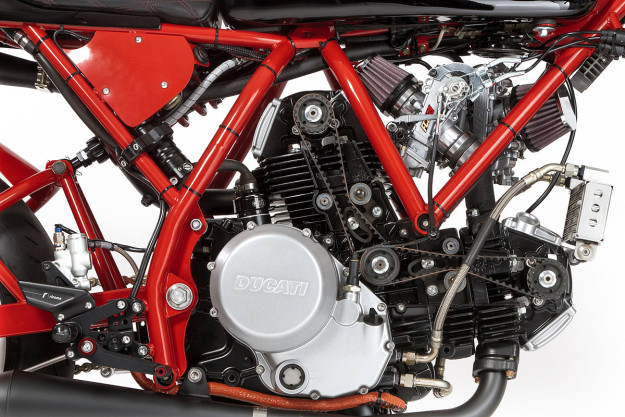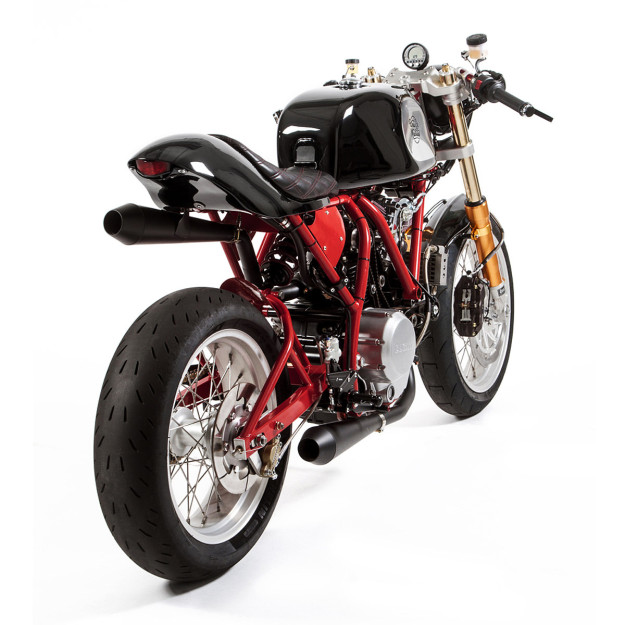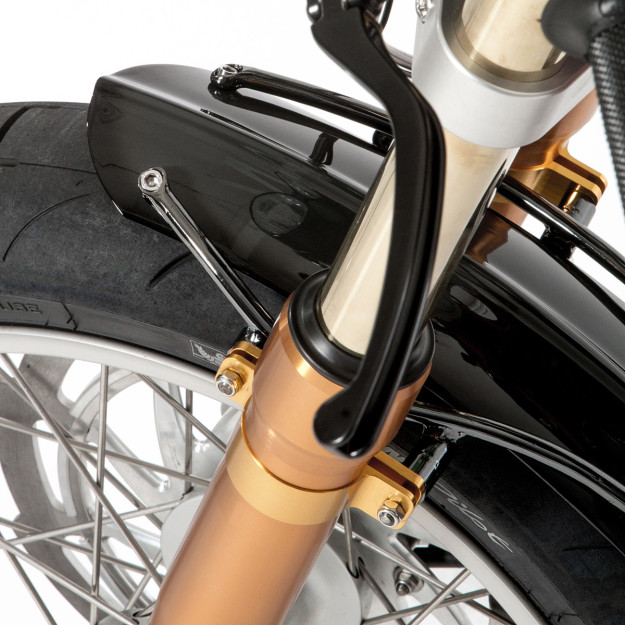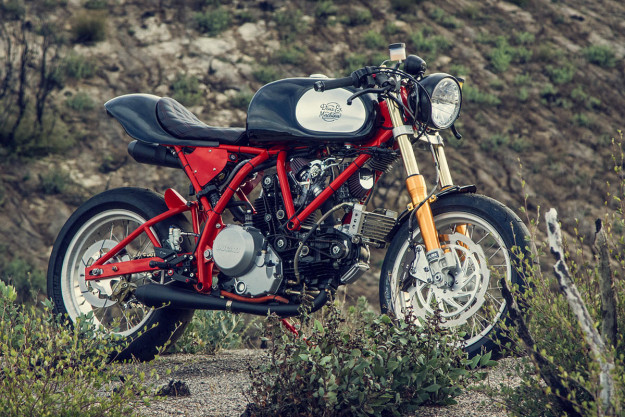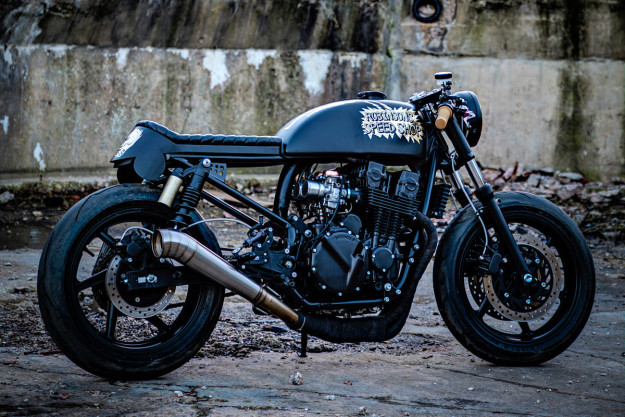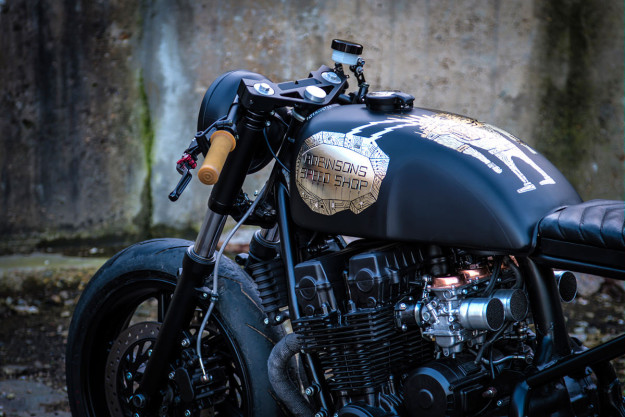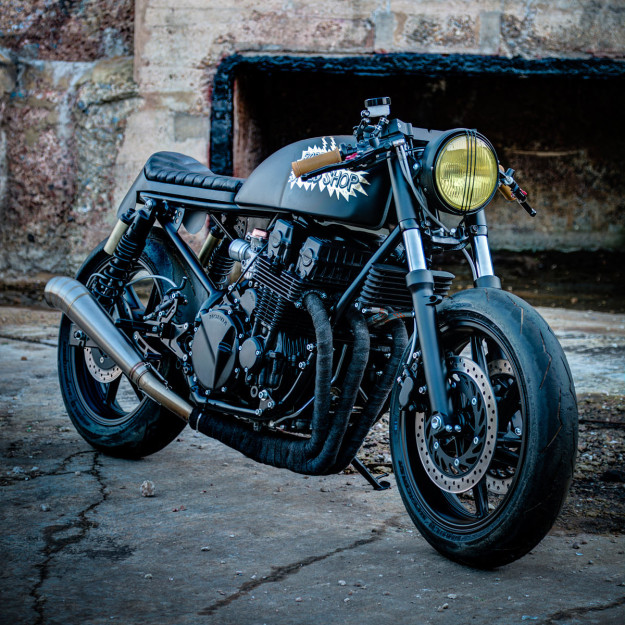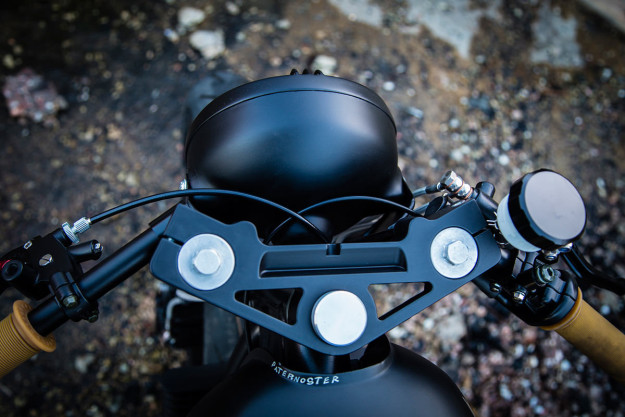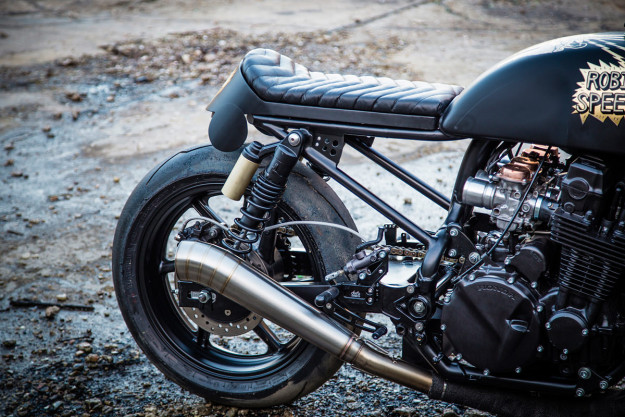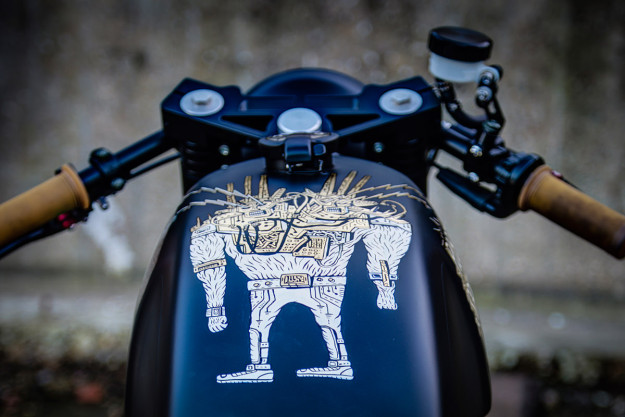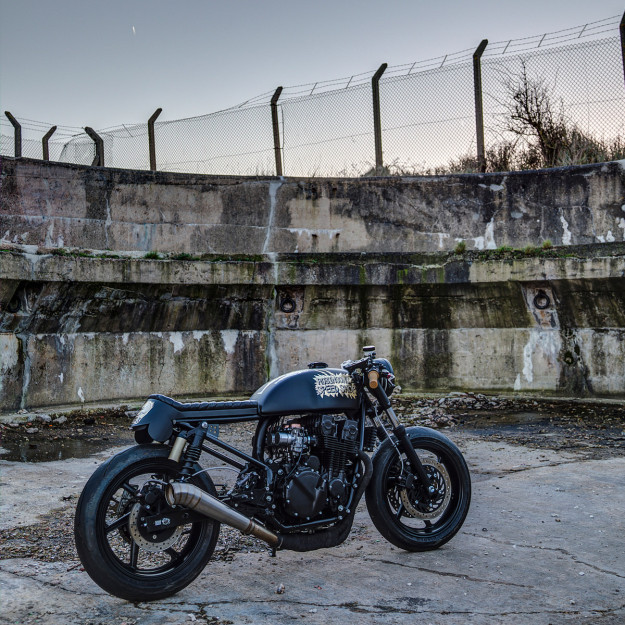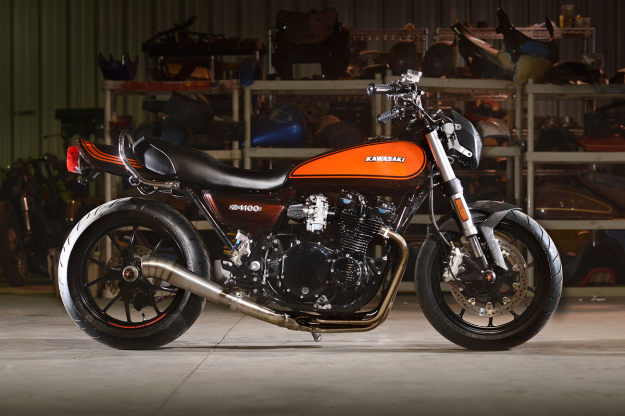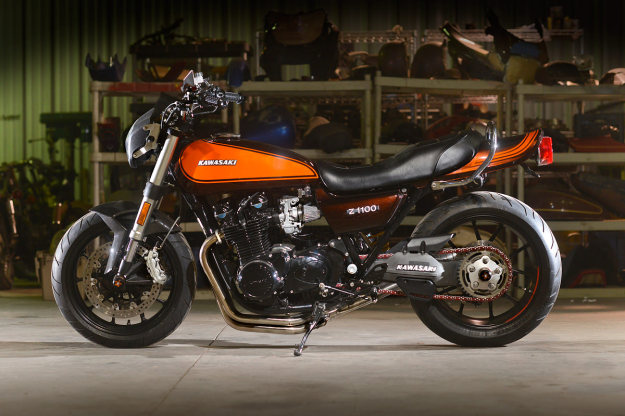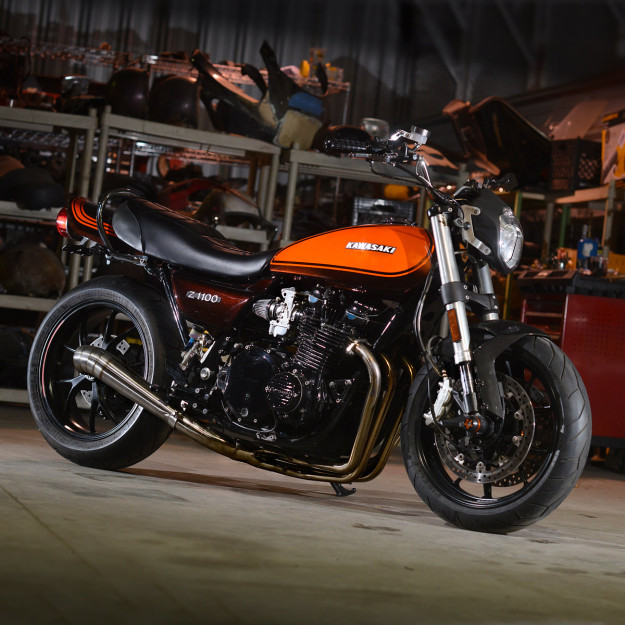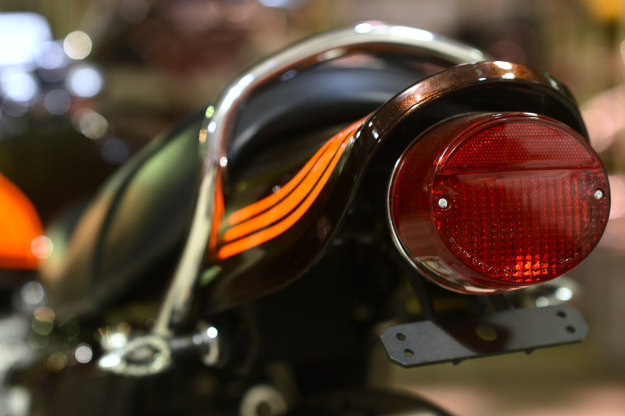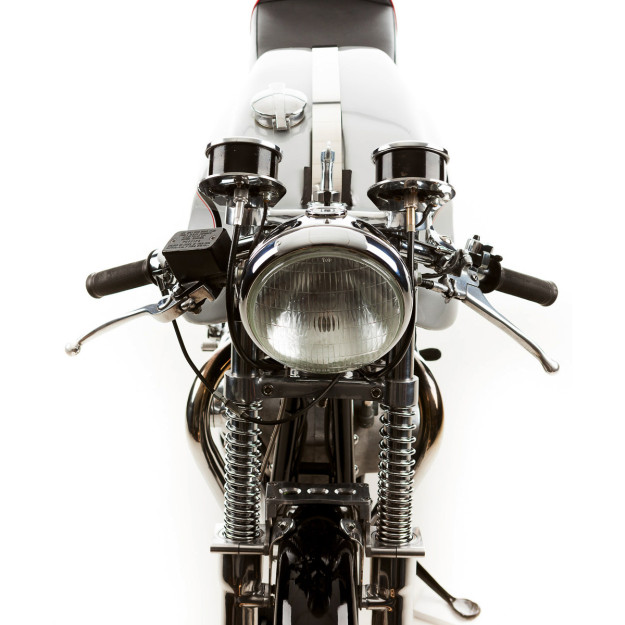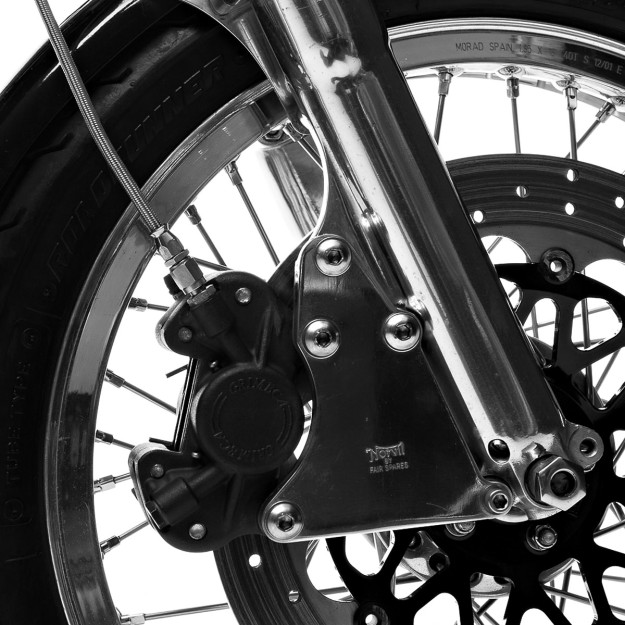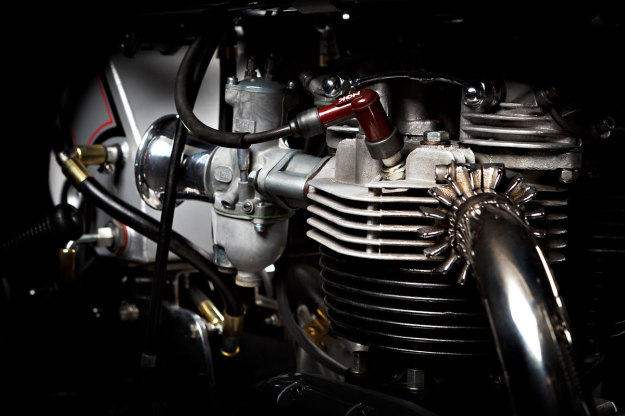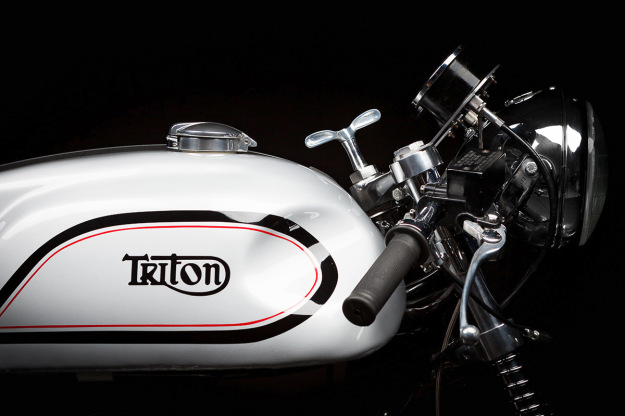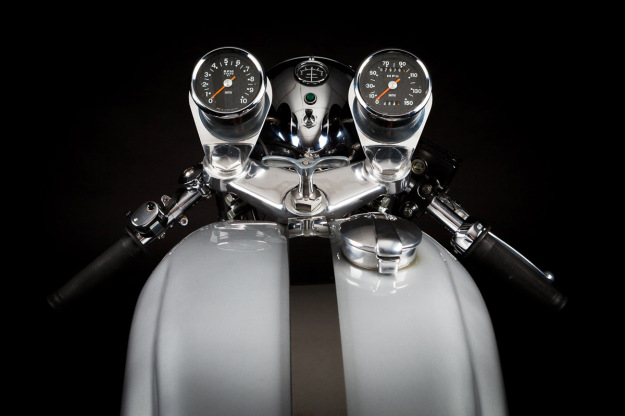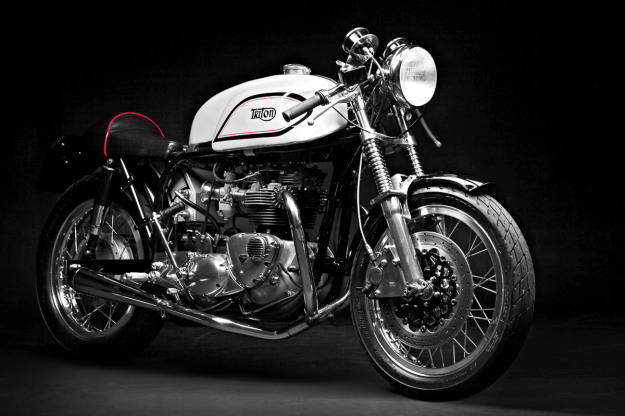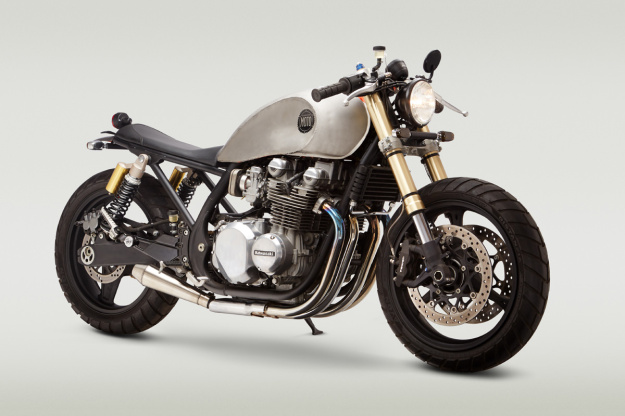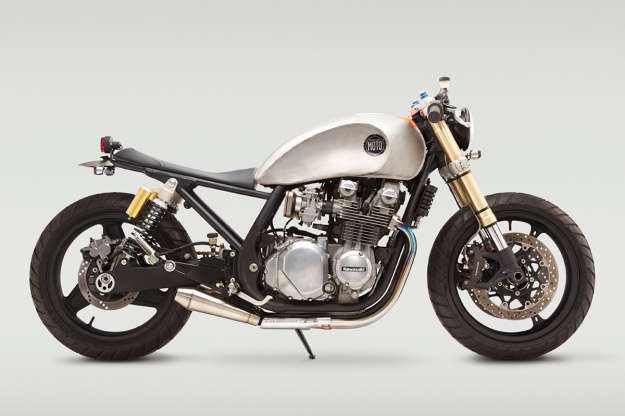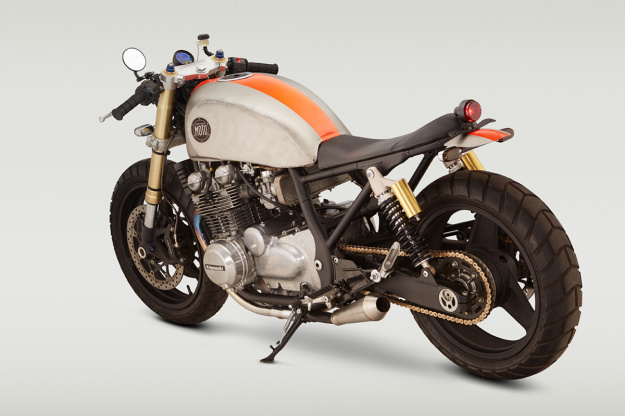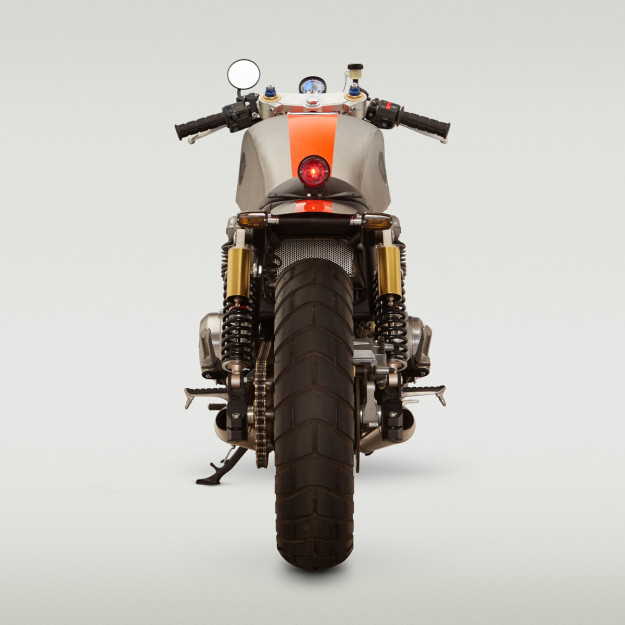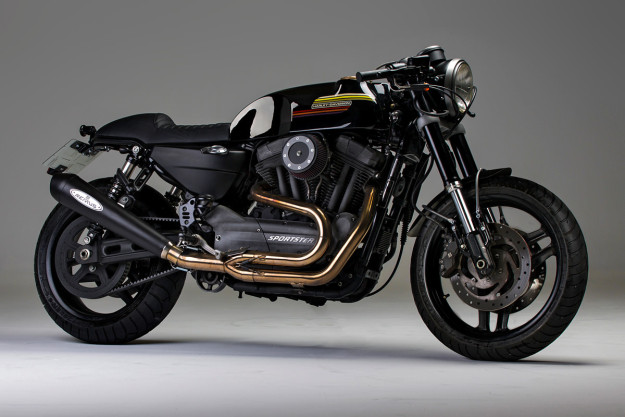
Back in 2008, the Harley XR 1200 had everything going for it. Launched in Europe but styled with an American flat track vibe, it was a nod to the much-loved XR750.
American magazines went gaga over the XR, citing the 91-horsepower engine and quality suspension. They clamored for the bike to be released in the States, and the following year their wishes were granted.
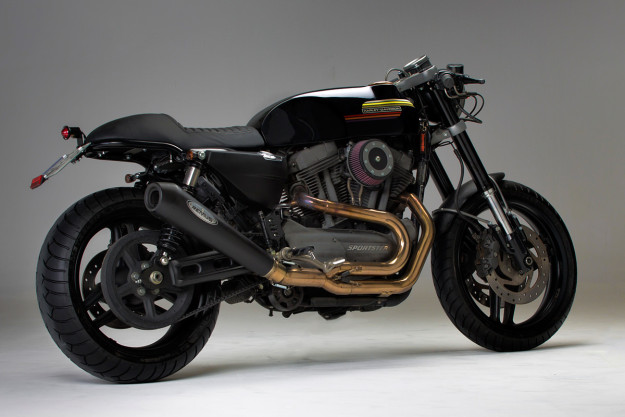
But sales were mysteriously slow, and the XR 1200 was quietly dropped for the 2013 model year. Why? Probably because the man-in-the-street found the weight too high at 550 pounds—and the looks were more than a little goofy.
Those looks have now been fixed by the master surgeons at Café Racer Dreams. The tank flows into the seat, and the stance is long and low—rather than high-and-mighty. Nearly all the shiny bits are gone, and the XR 1200 looks much the better for it.
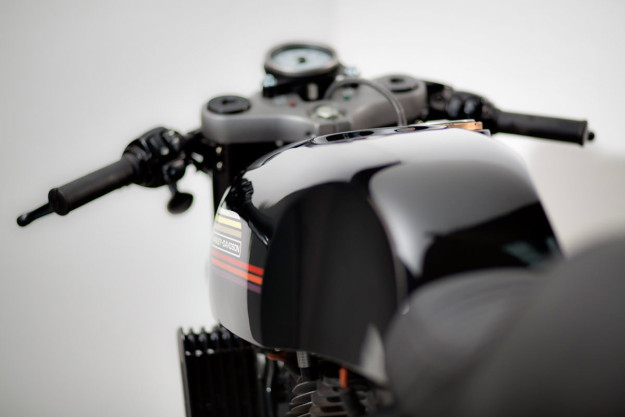
The highlight is the broad, impeccably sculptured aluminum tank—a collaboration with Pablo and Carlos Delgado of the Valtorón foundry. The 1970s-style logo is a cool retro touch, reminiscent of the AMF-era tank designs.
The heavyset tail unit of the stock XR 1200 was binned, replaced by a compact subframe and a Manx-style one-piece leather seat.
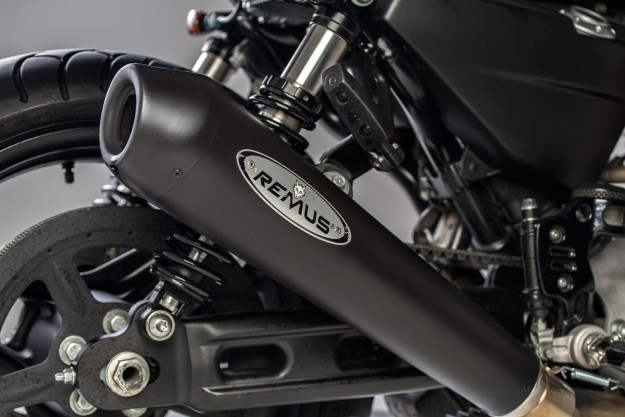
Suspending the rear end is a pair of Öhlins shocks, which reportedly lift the handling to new heights. The stance is subtly altered too: slightly higher at the rear and slightly lower at the front. The forks conceal revised springs to tighten up the handling.
No one ever complained about the power delivery of the XR 1200 motor, so the engine internals have been left alone. There’s a K&N intake, and the stunning exhaust system is a Remus PowerCone—with a blacked-out muffler to match the heavy patina of the engine paint.
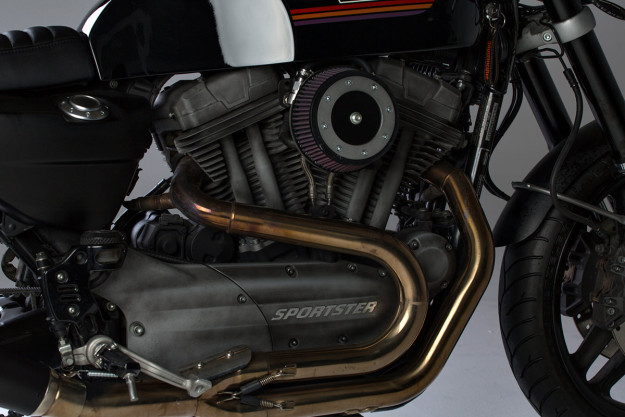
A compact Ducati Monster headlight is set into the forks, maintaining the immaculate lines. A modified fascia houses the original tachometer, which is now centered in front of the rider; the speedo has been relocated to the left-hand fork leg.
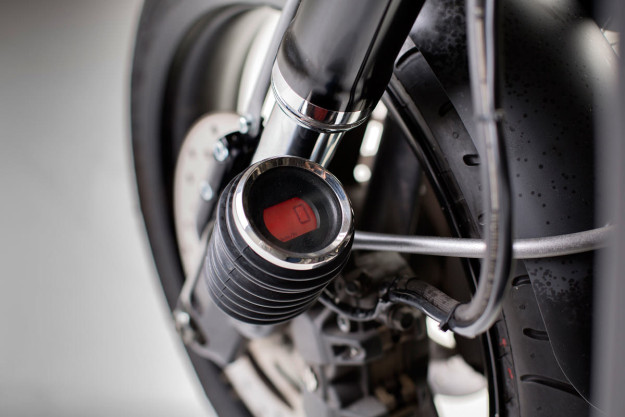
We reckon this is the bike the XR 1200 should have been from the start: A long-wheelbase stealth bomber, pitched against the Japanese heavyweights and the likes of Moto Guzzi’s Griso.
But then again, hindsight is always 20/20.
Cafe Racer Dreams website | Facebook | Instagram | Valtorón website
